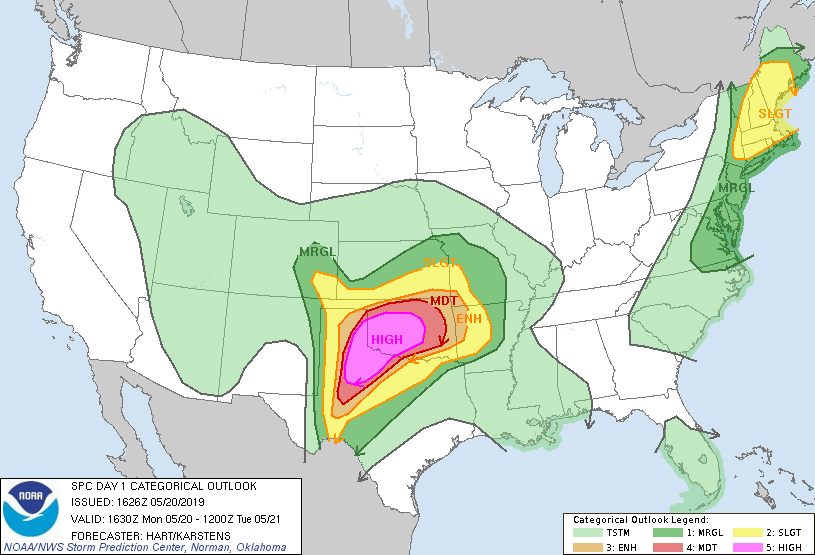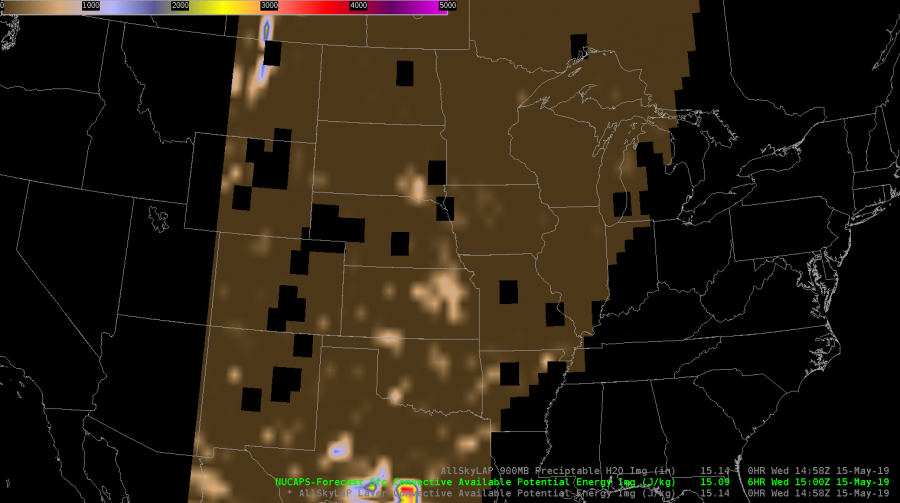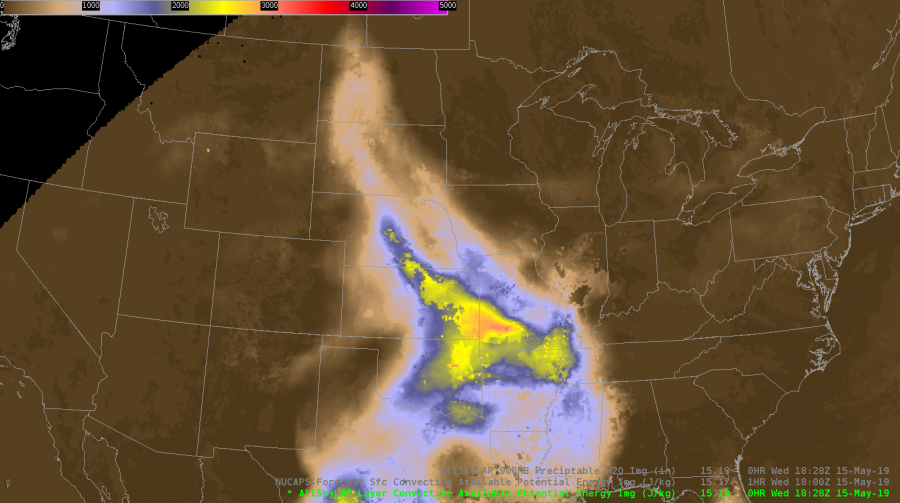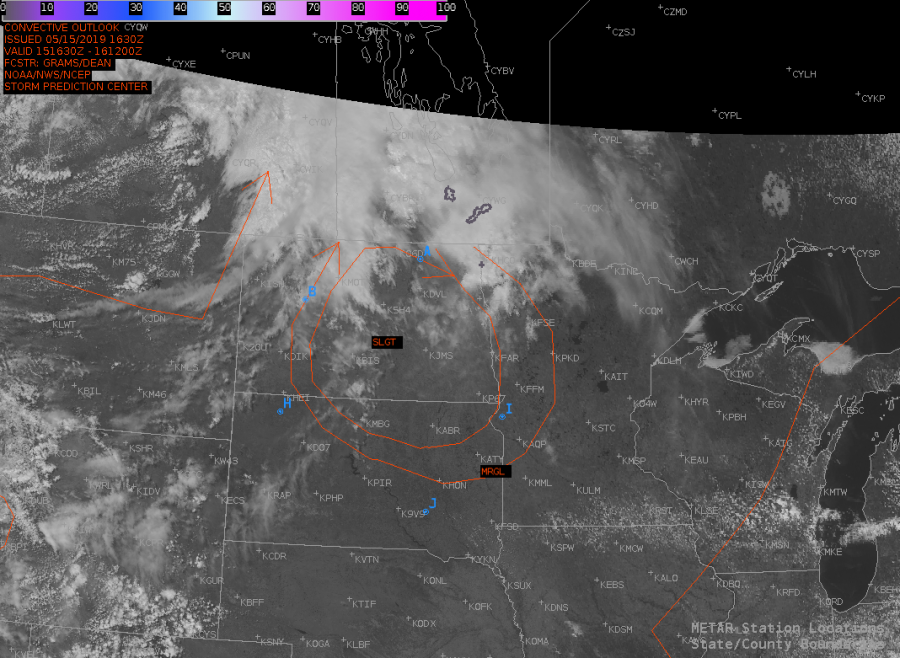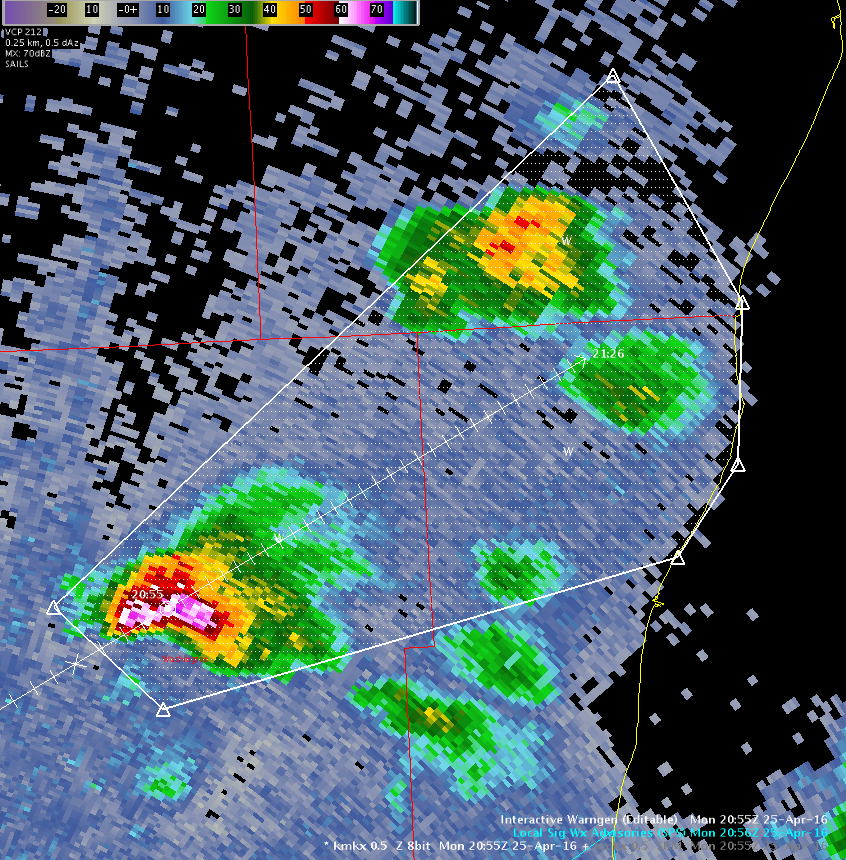The first operational week for the 2019 Satellite & Radar Convective Applications Experiment begins next week, 22-26 April. Some information before your participation begins:
Plan to arrive at the NWC at 11 am on Monday so that we can escort you into the National Weather Center (NWC). When you arrive, please park in the visitor’s parking lot (the row nearest the building). After you park, enter in the first floor entrance of the NWC on the northeast side of the building. When you arrive, wait for Michael Bowlan at the first floor entrance by the security desk.
If you are a NOAA visitor, please wear your NOAA ID at all times within the NWC. Non-NOAA visitors will receive a “NOAA Visitor” lanyard (from Michael Bowlan). Additionally, we’ll issue magnetic key cards to enter specific areas in the building (NOAA visitors only). After this, we will provide a short tour of the NWC so that you can get acquainted with the NWC.
Since our Monday shift starts at 11 am, we will have a brief lunch break during our orientation. You may bring your own lunch (we have a refrigerator), or you may purchase one at our Flying Cow Cafe on the 1st floor. The Flying Cow is open all week, from 8:00 AM to 3:00 PM.
Training materials are available on the 2019 EWP website. Please be sure to complete the modules before you arrive. Also, please have your NWSChat username / password at the ready, as this will be useful during the week. Finally, if you have any special needs concerning AWIPS-2 color tables, let me know. If need be, we can upload any special procedures you may have.
We are eagerly awaiting your arrival, and hope you find the EWP experience worthwhile.
